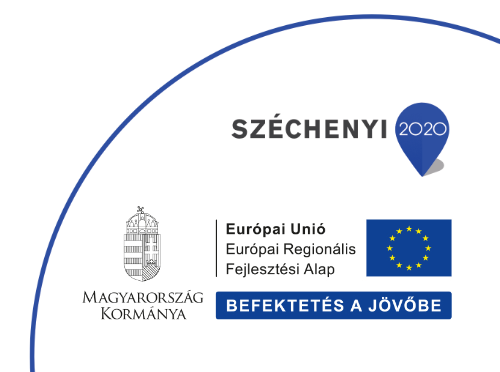Tantárgy adatlapja
The aim of the course is to give an overview on classical algorithms used in computer vision before the deep learning era. The lectures in the first part of the semester cover various basic image processing topics including image coding, theory and applications of 2D and 3D convolutions, histogram transforms and further image enhancement methods and inverse and Wiener filters, texture classification, segmentation and synthesis, and image processing in the Fourier domain. The second part of the course is dedicated to more recent methods, including Meanshift segmentation and tracking and Bayesian segmentation models, and advances utilization of SIFT, HOG, HAAR and BLP descriptors.
Richard Szeliski, “Computer Vision. Algorithms and Applications.” Springer, London, 2011 (http://szeliski.org/Book/);
Cs. Benedek: ”Multi-level Bayesian Models for Environment Perception,” Springer International Publishing, 202 pages, ISBN 978-3-030-83654-2, 2022
List of those required professional competences, competence elements to the development of which the subject characteristically, materially contributes: - professional English language, - practice of mathematical knowledge (e.g. linear algebra, vector calculus) - theory and application of signal processing techniques (e.g. linear filters, Fourier transform) -programming (Matlab) - software development - literature analysis, problem statement and solving


